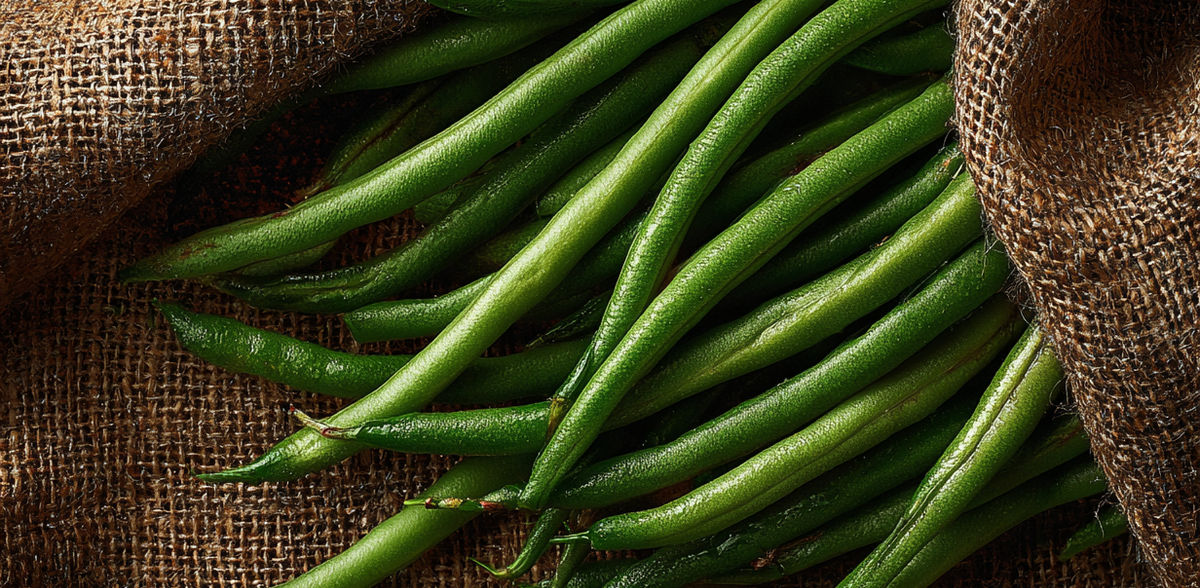Green beans: "Vulgar" South American women
Of the more than one hundred varieties worldwide, all beans originate from Central and South America apart from the broad bean, which is thought to be native to the Orient
Advertisement
Of the more than one hundred varieties worldwide, all beans originate from Central and South America apart from the broad bean, which is thought to be native to the Orient. In Switzerland, the green garden bean - "Phaseolus vulgaris" in Latin - is particularly well-known and popular.
Beans are true world stars - whether as green runner beans, French beans, wax beans or kidney and adzuki beans. In Europe, the green beans of the Phaseolus genus dominate, and both the pod and the seeds are edible. Bush and runner beans differ in their growth: the former grow bush-like and low, while the latter require climbing aids and reach several meters in height. They are all excellent sources of vegetable protein - a healthy support in the kitchen.
Widespread globetrotter
The only vulgar thing about beans is the toxic protein phasin they contain, which makes them indigestible when raw. However, phasin is destroyed during cooking and eating cooked green beans is actually extremely good for your health. Beans contain a good balance of vitamins and minerals and their high fiber content has a positive effect on intestinal function. Beans also have a positive effect on cholesterol levels and can help to lower blood sugar levels.
The green garden bean or Phaseolus vulgaris - vulgaris means common or ordinary - began its world domination from the American continent: Archaeological finds prove that the common bean was already being cultivated in Central and South America before the Christian era. From there, cultivation spread across both continents before the pulses were brought to the whole world by seafarers from the 16th century onwards, finding their way to Europe and spreading quickly due to their low location requirements and uncomplicated cultivation. Today, the bean dominates the cuisine of countless cultures.
Popular all-rounder from Swiss cultivation
In Switzerland, mainly runner and bush beans are grown and harvested from June to October. Beans can only be kept fresh for two to three days and are therefore usually blanched and frozen or stored as dried beans and can therefore also be found on the plate out of season. Out of season, they are only served as canned or frozen goods.
The green runner bean is the most popular variety in this country: it is stringless, fleshy and delicious both fresh and dried. Its sister, the runner bean, has a somewhat flatter and wider pod and grows on a support on which it can climb up to three meters high. Runner beans are around three times more productive than bush beans. Last year, just over 1,900 tons of runner and bush beans were produced in Switzerland, although almost 2,300 tons were also imported.
Versatile protein supplier
In addition to vitamins A and C, green beans also provide folic acid and minerals such as iron, calcium and magnesium. The high protein content is particularly noteworthy: with more than 20 percent, the bean is a real protein package and tastes wonderful as a salad, in soup or harmonizes with fish and poultry. Savory is also suitable as a spice.
Note: This article has been translated using a computer system without human intervention. LUMITOS offers these automatic translations to present a wider range of current news. Since this article has been translated with automatic translation, it is possible that it contains errors in vocabulary, syntax or grammar. The original article in German can be found here.































































